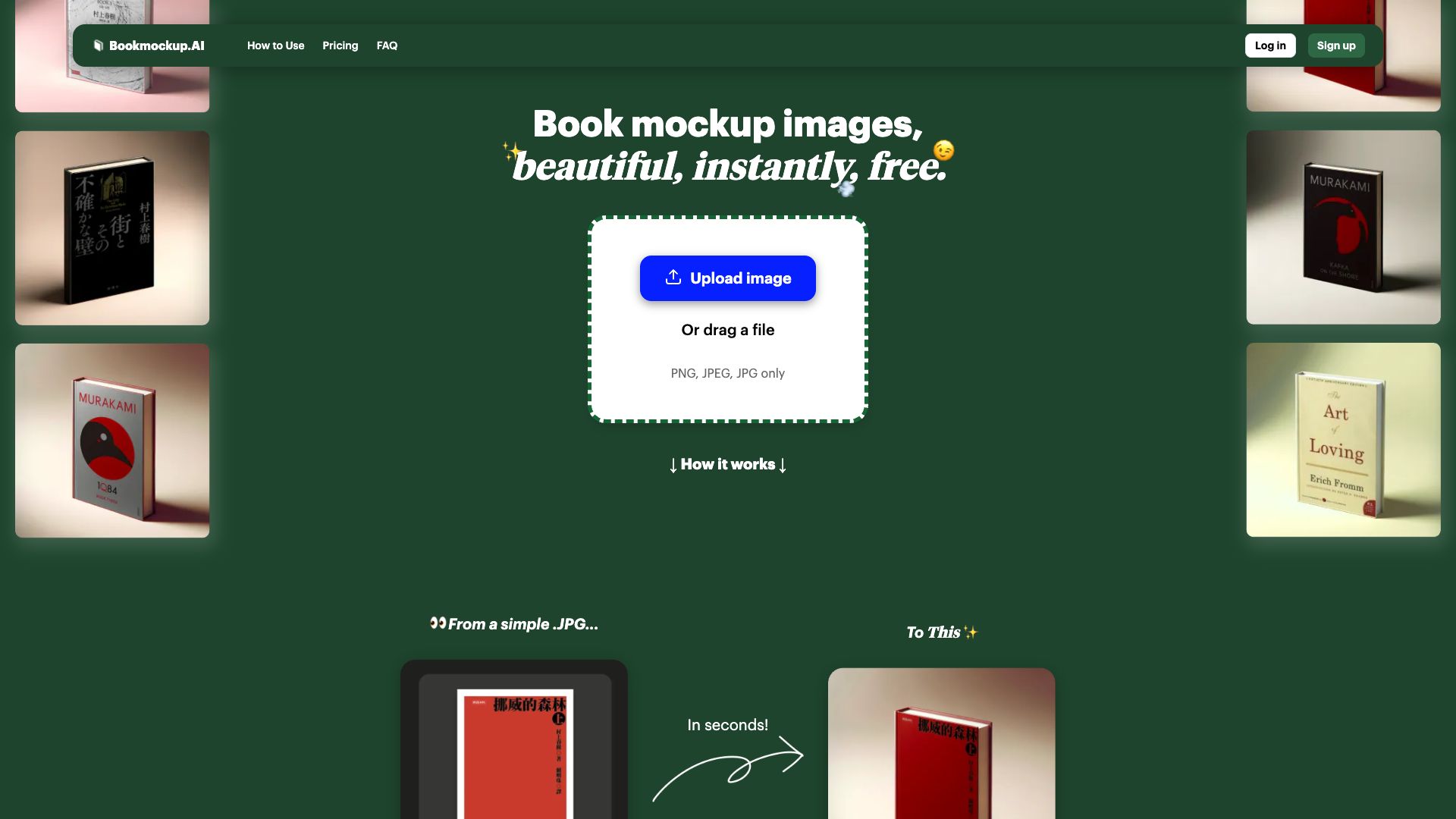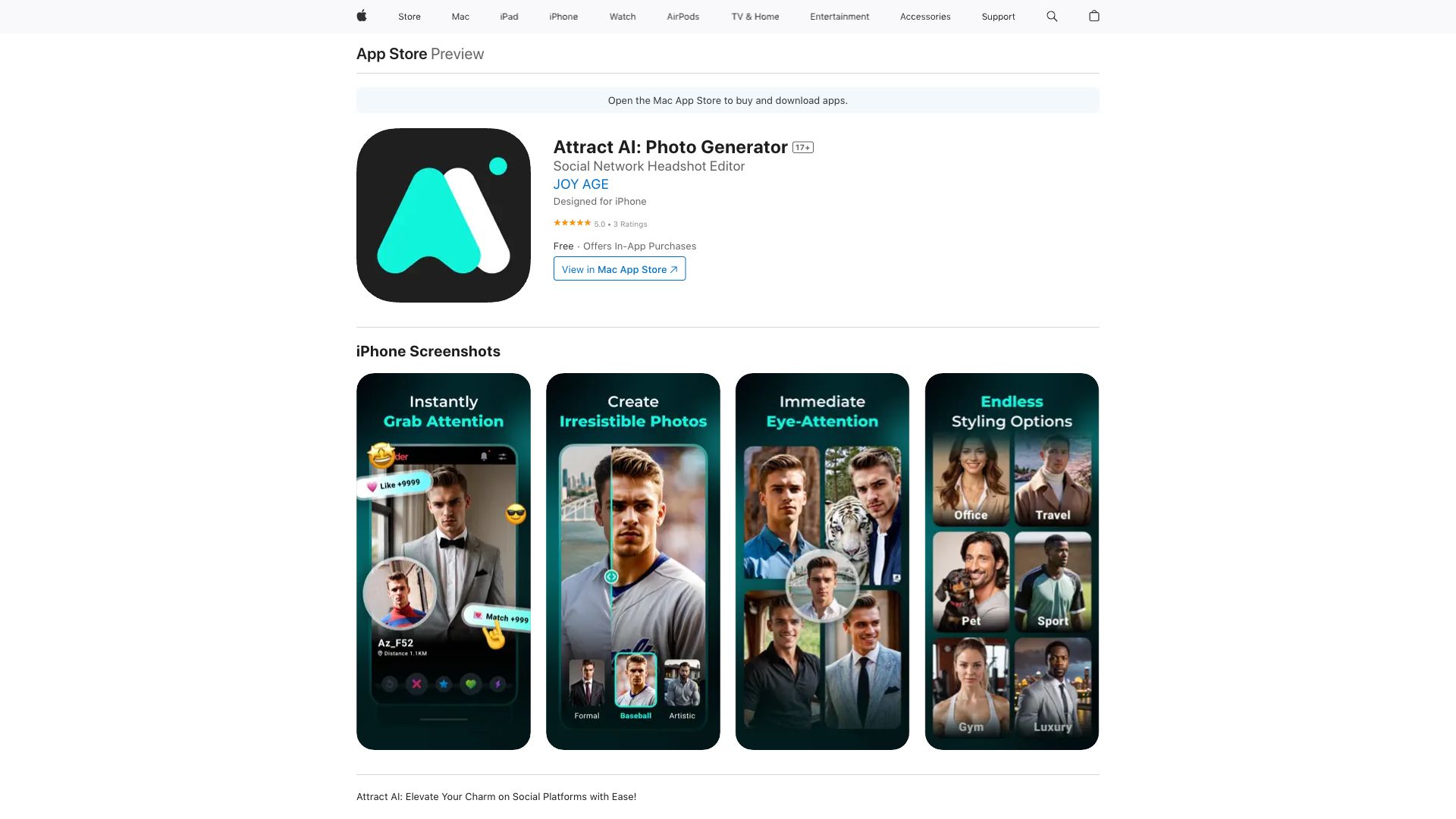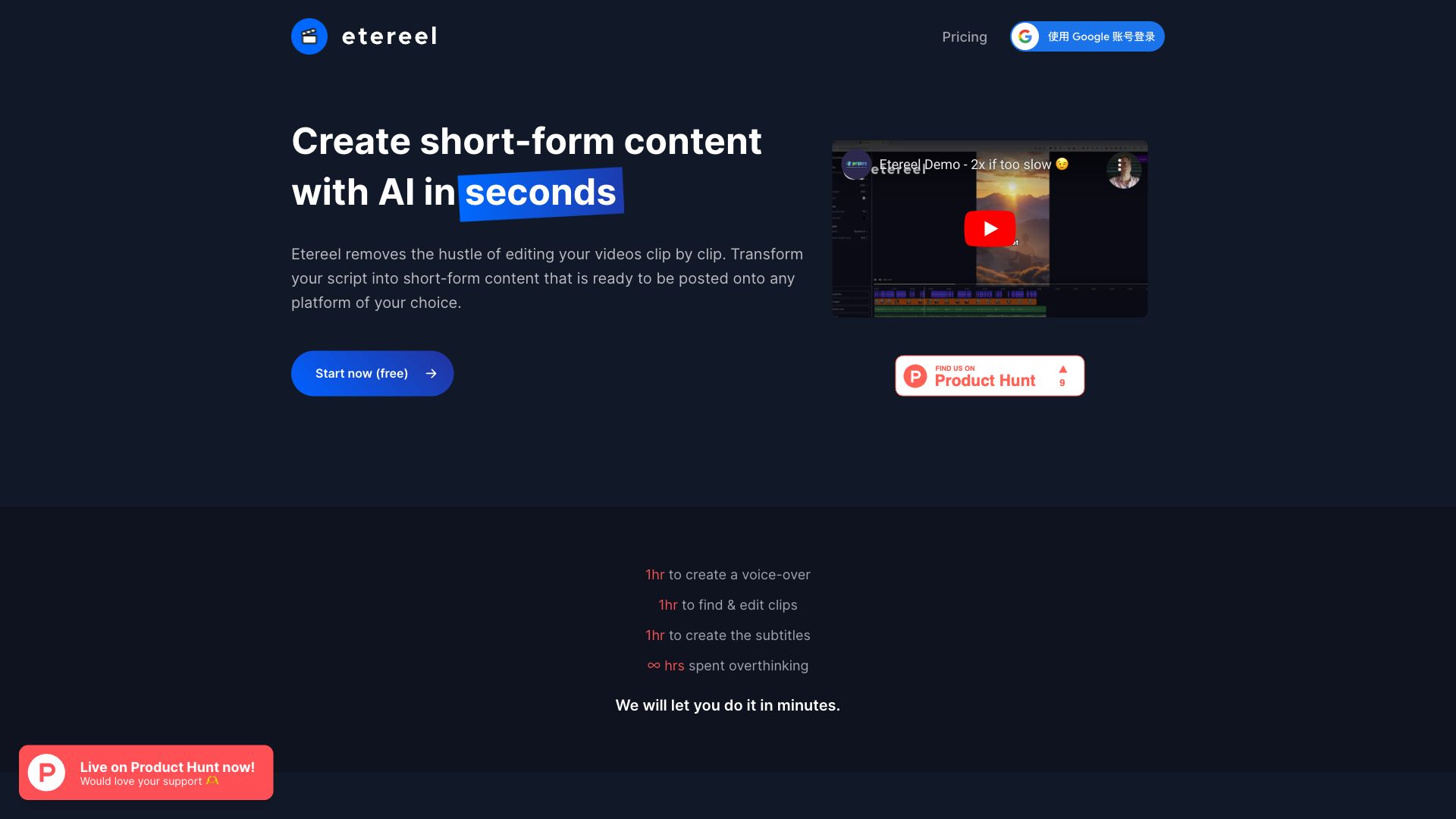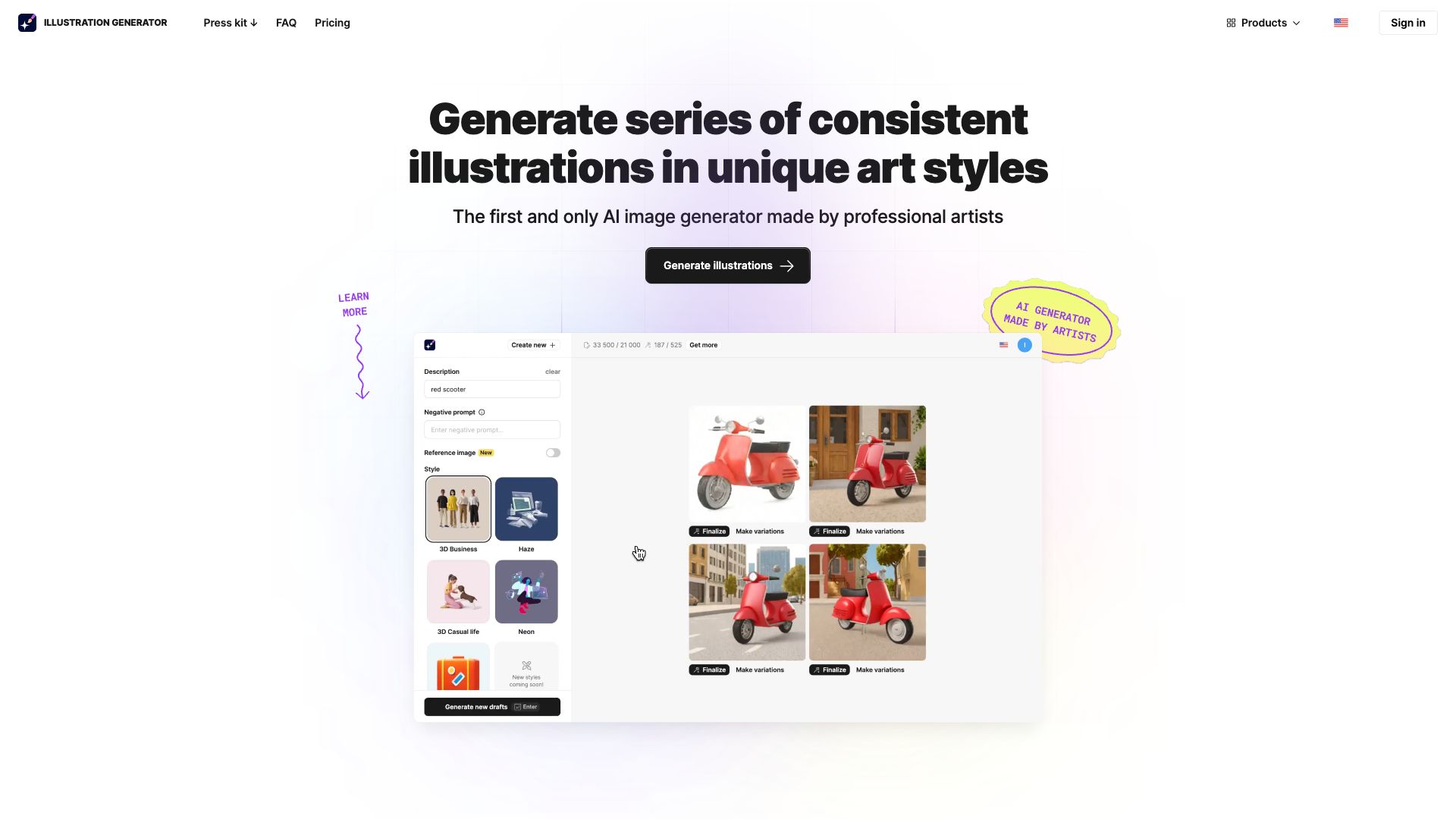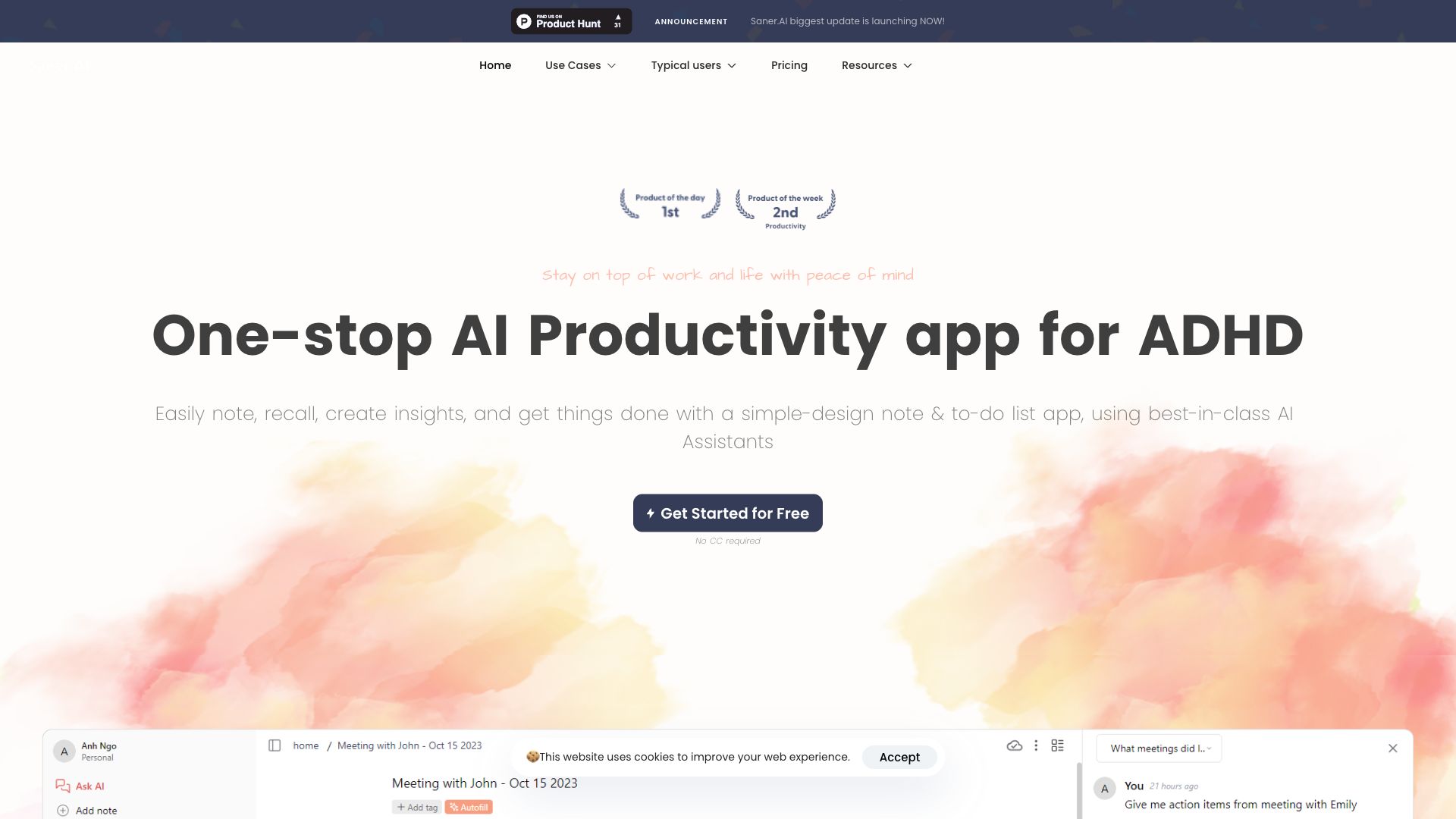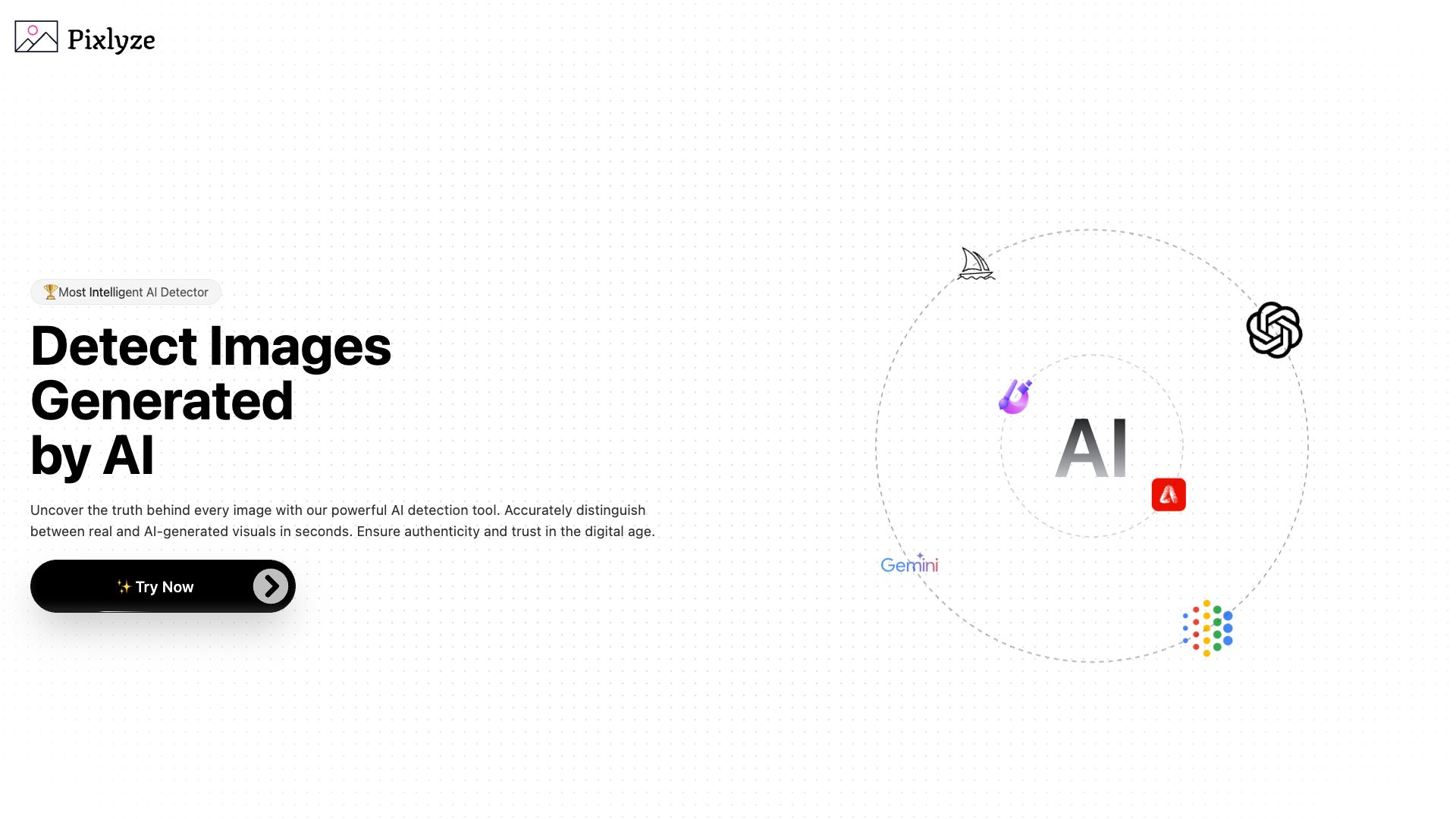Awesome AI Illustration Generator Tools in 2024
Discover the awesome 6 AI tools for 2024 By Candytools
Generate your realistics 3D book mockup image in seconds.
Read reviews, compare customer ratings, see screenshots, and learn more about Attract AI: Photo Generator. Download Attract AI: Photo Generator and enjoy it on your iPhone, iPad, and iPod touch.
Etereel leverages the power of AI to bring your design visions to life. Generate unique logos, illustrations, and images with ease. Start creating today!
Generate custom illustrations with Icons8 AI image generator. Input your text prompt and get unique visuals in various styles to match your project. Free to use!
Supercharge your Figma workflow with Saner.AI! Generate stunning visuals, automate tasks, and design faster than ever before. Try it free!
Convert any image to high-quality, scalable SVG code for free with Pixlyze. Optimize your web graphics, simplify your workflow, and enhance your designs with our powerful image-to-SVG converter.
More AI Tools Categories
What is AI Illustration Generator?
An AI Illustration Generator is a tool that uses artificial intelligence to create images based on text prompts or other inputs. Imagine describing a scene or character, and the AI transforms your words into a visual masterpiece!
Here's how it works:
-
Input:
- Text Prompts: You provide a detailed description of the desired illustration. Be specific about elements like characters, objects, colors, style, and mood. For example, "A whimsical steampunk airship soaring over a bustling city at sunset."
- Images: Some tools allow you to upload a reference image as a starting point. The AI then generates variations or elaborates on the image's style.
- Simple Sketches: You can provide a rough sketch as input, and the AI will generate a polished illustration based on your lines.
-
AI Model:
- Generative Adversarial Networks (GANs): GANs are often used for image generation. They involve two neural networks competing—one creating images and the other evaluating their realism. This competition leads to increasingly refined image generation.
- Diffusion Models: These models excel at producing high-quality and diverse images. They gradually remove noise from a starting image to reveal a final, coherent illustration.
-
Image Generation:
- The AI model processes the input and generates an image that reflects the text description, style, and other parameters you provided.
Applications of AI Illustration Generators:
- Concept Art: Quickly create visual representations of ideas for video games, movies, books, and other creative projects.
- Storyboarding: Generate images to plan out scenes and sequences for animation or filmmaking.
- Marketing and Advertising: Create eye-catching visuals for social media, websites, and promotional materials.
- Personal Creative Expression: Generate unique artwork based on your imagination and artistic vision.
- Educational Resources: Produce visual aids for teaching and learning.
Benefits of Using AI Illustration Generators:
- Speed and Efficiency: Generate illustrations much faster than traditional methods, saving time and effort.
- Accessibility: Anyone, regardless of artistic skill, can create impressive visuals.
- Exploration and Inspiration: Experiment with different styles and concepts to spark new ideas.
- Customization: Control aspects like color palettes, composition, and level of detail.
Challenges and Limitations:
- Control over Details: While you can guide the AI with prompts, achieving precise control over every element of the image can be challenging.
- Bias in Training Data: AI models are trained on massive datasets, which may contain biases that influence the generated images.
- Copyright and Ownership: Questions remain about the copyright of AI-generated images.
The Future of AI Illustration Generation:
AI illustration generators are rapidly advancing, with improvements in image quality, control, and creativity. As these tools evolve, they have the potential to revolutionize visual content creation, making it more accessible and inspiring new forms of artistic expression.
